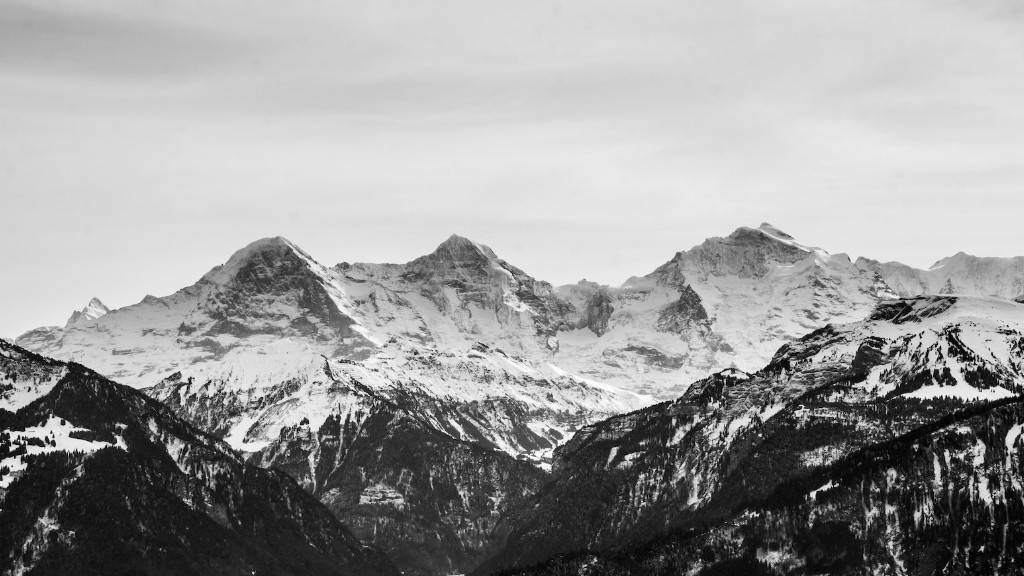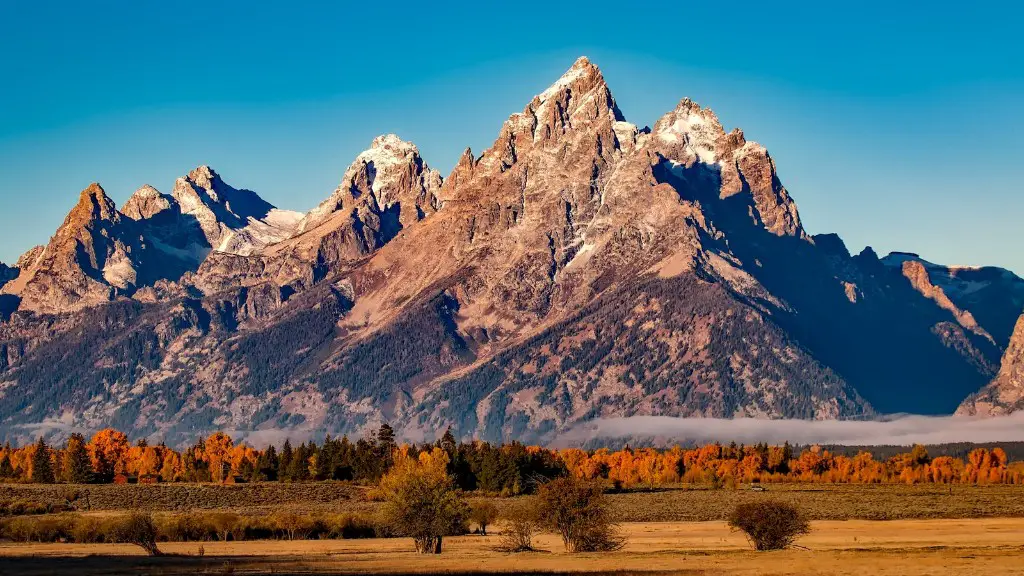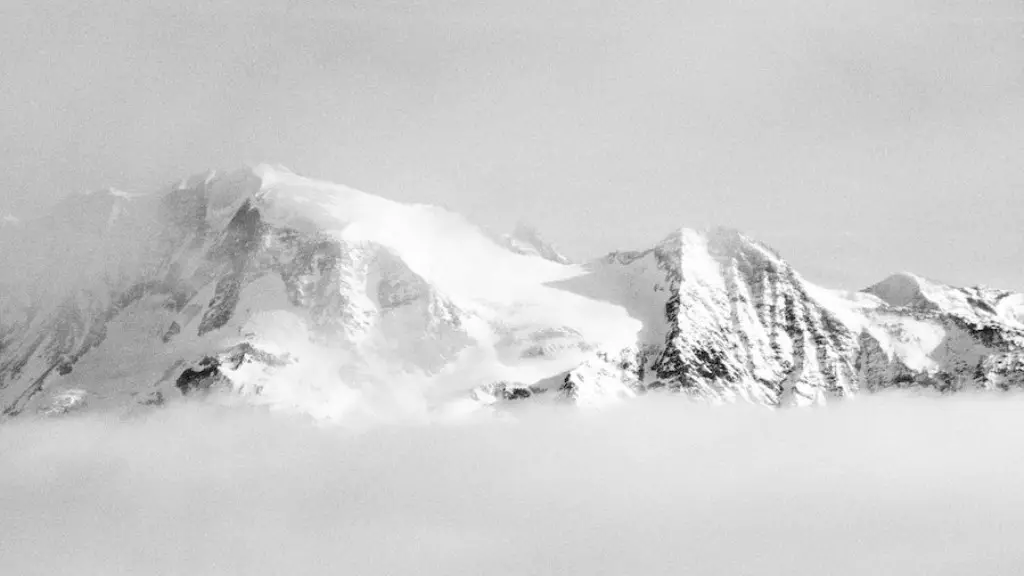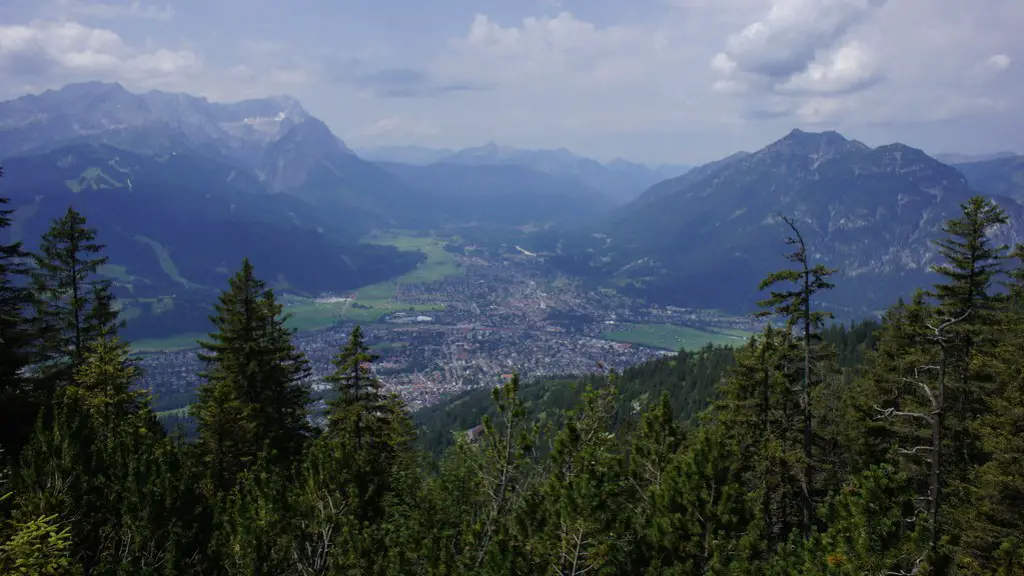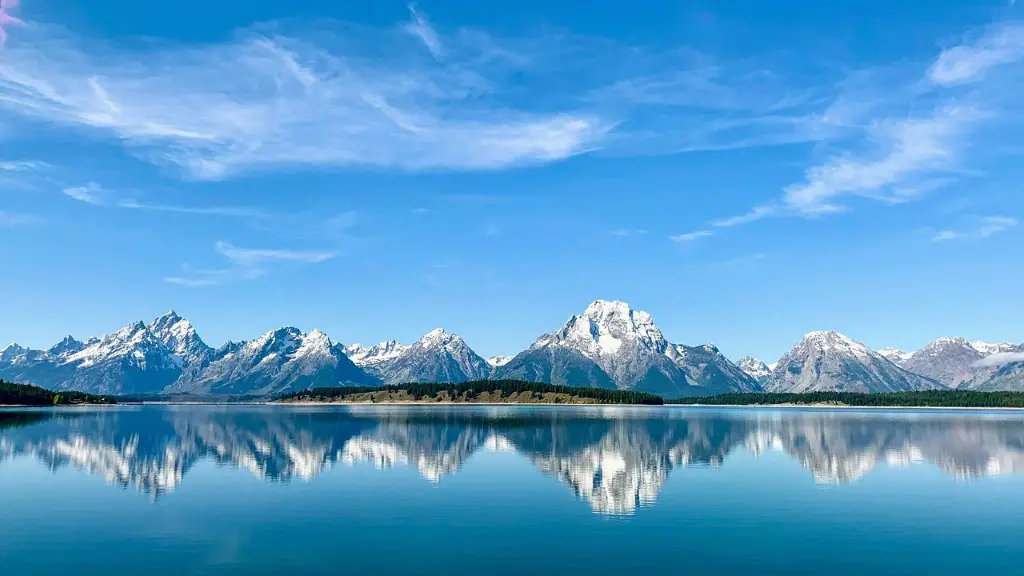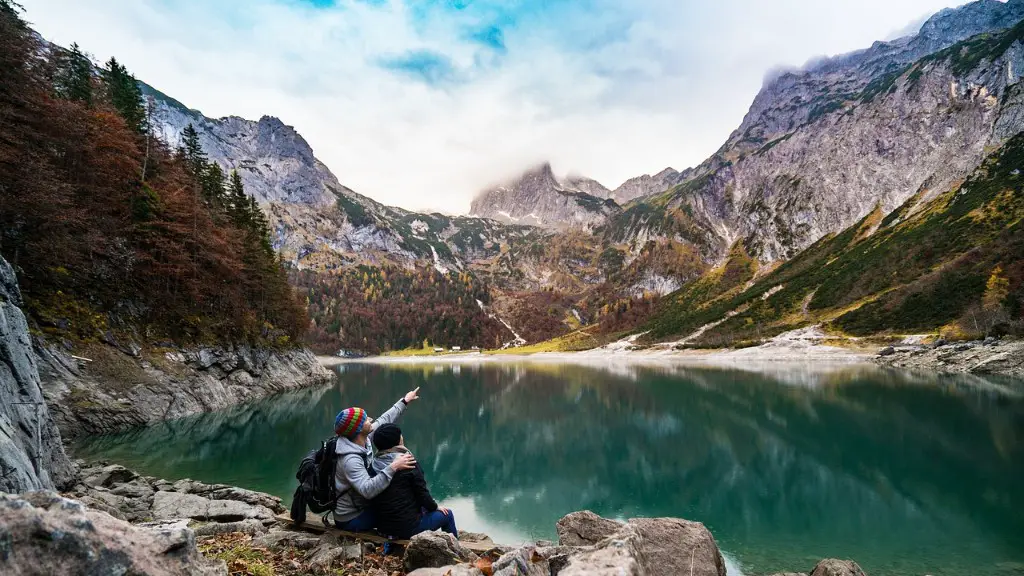The temperature on Mount Everest can range from -60 degrees Celsius to -85 degrees Celsius.
The average temperature on Mount Everest is -19 degrees Celsius.
How cold does it get at the top of Everest?
The weather and climate on Mount Everest is one of the most extreme on Earth. Temperatures at the summit are never above freezing, and during January, they can drop as low as -60°C (-76°F). Despite the low temperatures, the biggest issue faced by climbers is hurricane-force winds and wind chill. These conditions can make it impossible to summit the mountain, and can be very dangerous.
The warmest months on the summit of Mount Everest are typically July and August, when temperatures can average around -2°F to 0°F (-16°C to -18°C) during the night, and a few degrees above this during the day. The warmest temperature ever recorded on the summit was probably in the 10-15°F (-10°C to -12°C) range on still, sunny days. However, this is just a speculation, as there are no official records of temperatures on Mount Everest.
What is the average temp on Mt Everest
The average temperature in spring is -17 degrees Celsius, which is considered the coldest during the year. The temperature warms up rapidly during the spring months, but the nights are still cold and chilly, dropping to below freezing.
The lower pressure at higher altitudes causes the temperature to be colder on top of a mountain than at sea level. As air rises, the pressure decreases. This is because the air is less dense at higher altitudes, so there is less pressure on the surface of the earth.
How cold is the death zone on Mount Everest?
The death zone is the name for the area on a mountain above 8,000 meters (26,000 feet) where the air is so thin that it doesn’t hold enough oxygen for humans to breathe. Temperatures in the death zone never rise above zero degrees Fahrenheit, and any exposed skin freezes instantly. A loss of blood circulation to climbers’ fingers and toes can cause frostbite, and in severe cases – if the skin and underlying tissues die – gangrene.
It’s official! Our award winning team has been granted permits to sleep in Everest Base Camp, even though traditionally, only teams with expedition permits have been allowed to sleep there. Sleeping at Everest Base Camp is one of the more unique adventure treks out there, and we’re excited to be able to offer this experience to our clients.
Can you breathe on Mt. Everest?
At the peak of Everest, the air is so thin that it can take minutes just to catch your breath. That’s because, at an elevation of 8,848 meters (29,029 feet), each breath contains only one-third of the oxygen found at sea level. This lack of oxygen can cause altitude sickness, which can lead to symptoms like headache, dizziness, and nausea.
did you know that Antarctica is the coldest place on earth? it’s even colder than the arctic and the andes, and the summit of mt. everest! some parts of Antarctica can get so cold that if you throw a cup of boiling water in the air, it will turn into snow and ice before it hits the ground!
Does it ever stop snowing on Mount Everest
Everest is the tallest mountain in the world, and it is covered in snow year-round. However, during the summer season, the snow begins to melt and disappear. This is because there is not enough thickness of snow to protect the surface ice from the sun’s heat. As the ice melts, it forms small rivers and streams that flow down the mountain.
The death zone on Mount Everest is an area above 8,000 meters (26,247 feet) where the air is so thin that it’s impossible to breathe without supplemental oxygen. Despite the dangers, many climbers attempt to summit Everest each year.
Since 1953, more than 200 climbers have died while attempting to summit Mount Everest. Most of these deaths have occurred in the death zone, where the air is so thin that it’s impossible to breathe without supplemental oxygen.
Climbing Everest is an extremely dangerous undertaking, and anyone considering it should be fully aware of the risks involved.
How do climbers stay warm on Everest?
Heat pads are simple and effective way to keep warm on high altitude climbs. Many climbers use them on their summit bids with great success. They are easy to use and can make a big difference in your comfort level on the mountain.
Everest is colder than K2, with a temperature of -36 degrees Celsius versus -45 degrees Celsius. However, K2 is at a higher altitude, meaning that the conditions are more extreme. The Wind Chill Temperature (WCT) is a measure of how cold the wind makes the air feel, and K2 has a WCT of -76 degrees Celsius, compared to Everest’s -66 degrees Celsius. In conclusion, Everest may be colder, but K2 is a more extreme mountain to climb.
Where is coldest place on earth
The coldest place on Earth is the Eastern Antarctic Plateau, Antarctica where the temperature can reach -94°C. Other cold places include: Vostok Station Antarctica (-892°C), Amundsen-Scott Station, Antarctica (-828°C), Denali, Alaska, United States of America (-73°C), Klinck station, Greenland (-696°C), and Oymyakon, Siberia, Russia (-677°C).
If you’re keen on climbing Mount Everest, you’ll need to factor in up to three months for the journey. It takes 19 days to trek to and from Everest Base Camp, and once you’re there, it typically takes 40 days to reach the peak. So, all in all, it’s a significant commitment! But if you’re up for the challenge, it’s an unforgettable experience.
What is the biggest cause of death on Mt Everest?
The top three causes of death on Everest are avalanches, falls, and mountain sickness. Avalanches are the most common cause of death, accounting for about 60% of all fatalities. They usually occur during descent, when the body is exhausted and concentration is reduced. Falls and collapses are the second most common cause of death, accounting for about 30% of all fatalities. They usually occur when climbers are attempting to ascent the mountain. Mountain sickness, which includes brain or lung edema, is the third most common cause of death, accounting for about 10% of all fatalities. It usually occurs at high altitudes where the amount of oxygen is limited.
There is no one-size-fits-all answer to the question of how much experience you need to attempt a difficult climb. However, it is generally agreed that having attempted the Seven Summits is not sufficient training for this kind of mountaineering. Beyond high-altitude climbing experience, you also need good footwork, good self-management and understanding of when you might need to turn back.
Do animals live in the death zone on Mount Everest
There are not any possibilities to live any kinds of animals on Everest area above 18,690 feet or 5,750 meters. Small numbers of Himalayan Thars, snow leopard, musk deer, wild yak, red panda, and the Himalayan black bears inhabit lower altitudes. Do people live on Mount Everest?
There are plenty of places where you can shower on the Everest Base Camp trek. The only issue with this is that sometimes the water isn’t hot. All of the showers available on the trek are heated by solar power, so if it’s been a cloudy day or for a couple of days you’re not going to get any hot water.
Conclusion
The temperature on Mount Everest ranges from about -60 degrees Fahrenheit at the peak to about 10 degrees Fahrenheit near the base.
The average temperature on Mount Everest is -19°C.
